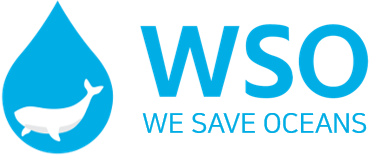Whaling
During the 100 years from 1900 to 1999, 2.9 million whales were caught for commercial purposes.
The whales caught the most by whaling companies in the 20th century were the long bearded whales(874,000) and sperm whales(761,000), both of which accounted for 57% of all whales caught during this period.
In particular, in Japan(withdrew from the IWC in 2019), whaling is recognized as part of its culture, and commercial whaling is still considered legal.
Japan’s consumption of whales was over 230,000 tons per year in the 1960s, and although it has been reduced in response to worldwide criticism, it still consumes about 3,000 to 5,000 tons per year.
Whale By-Catch(fishing net)
Different from intentional catching, by-catch refers to whales caught unintentionally by fishing nets.
The problem is deliberate catching takes place in disguise of by-catch.
Korea is one of the few countries among those exporting fishery products to the United States classified as having a high risk of by-catching marine mammals. The number of cetaceans caught and stranded in Korea is 100 times the average of countries that submit data on fishing to the International Whaling Commission(IWC).
In Korea, it is around 2,000 cetaceans annually that are confirmed officially to be killed by by-catch which implies actual number would be higher.
Dolphin show
Out of total 61 dolphins in 8 aquariums in Korea, 30 have died prematurely The proportion of dolphins which died in domestic aquariums is 49.18%.
There is no aquarium where dolphins can stay healthy and happy.
Propeller of fishing/merchant ships for whale watching
Many whales are injured or killed by the ships’ propellers.
The United States has enacted the “Marine Mammal Protection Act” to set the minimum distance required to observe the whale to 90m and 45m for dolphins. The observation time is also limited to less than 30 minutes.
Marine Trash: plastic, vinyl, and balloons
A sperm whale was found dead in February 2018 on the beach of Murcia in southern Spain.
Investigation revealed that it was due to plastic waste which filled its stomach.
29kg of plastic trash including plastic bags, ropes, and pieces of net was clogging the stomach and intestines, which caused bacterial and fungal infections, eventually leading to peritonitis.
Among marine debris, plastic is the most lethal with 75% of the world’s coastal debris collected turning out to be plastic.
Plastic waste that has entered the ocean is broken into micro-plastics less than 5mm and ultra-fine nano-plastics are even smaller.
Micro-plastics cannot be collected due to their small size and are already seriously polluting marine ecosystems.
